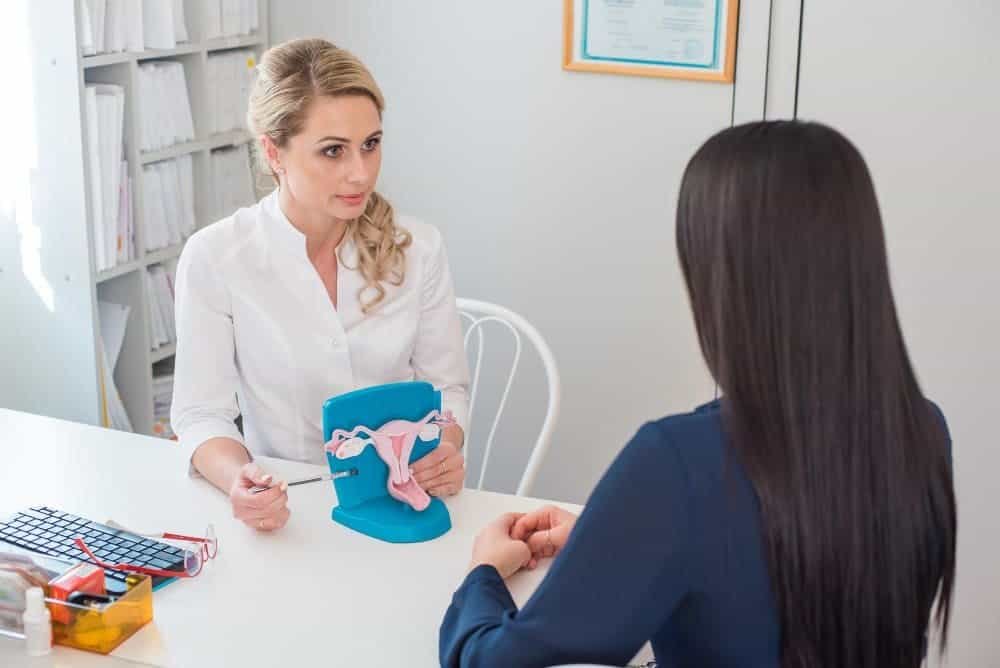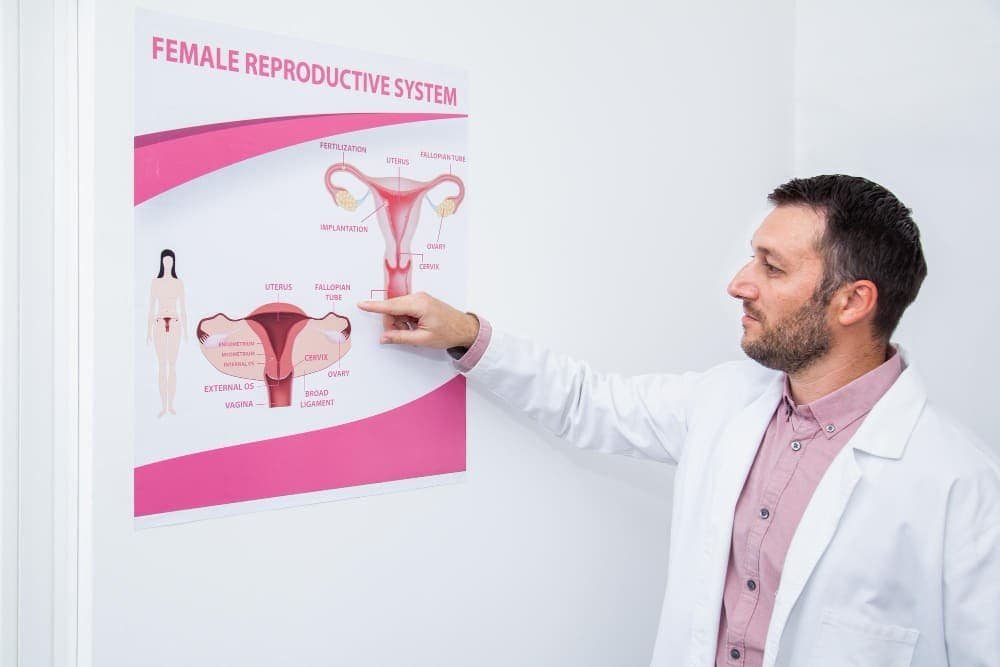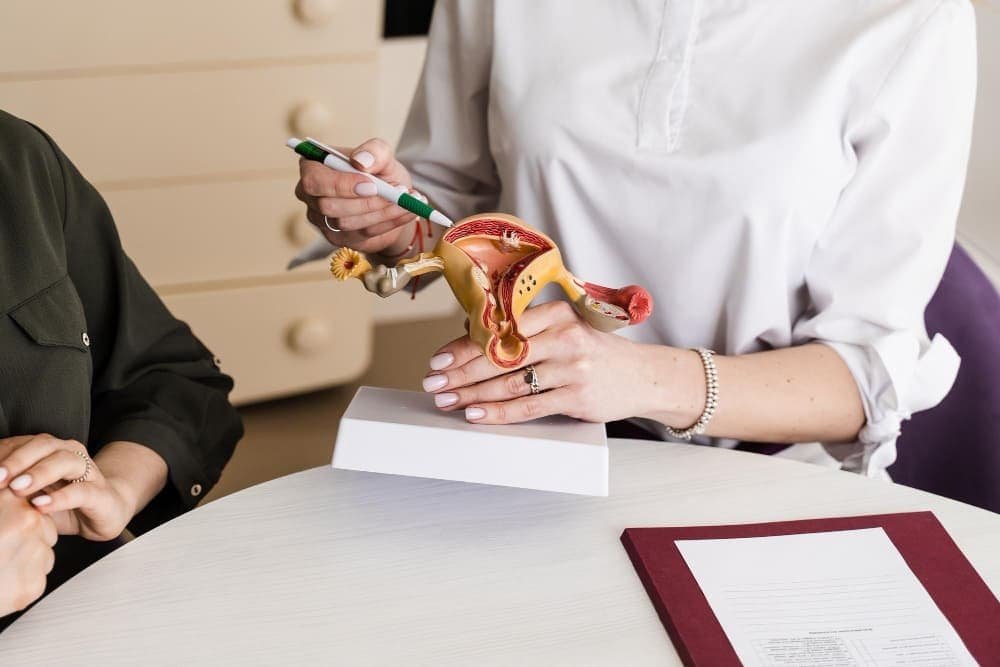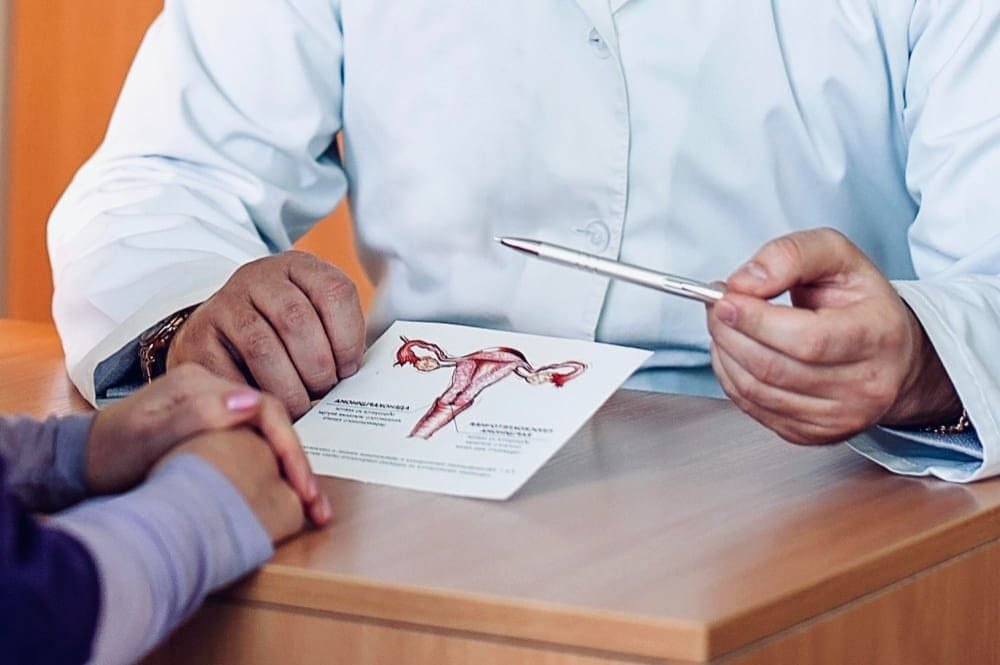Struggling with adenomyosis? This guide explores your treatment options, helping you find relief and improve your health.
Adenomyosis is a challenging uterine condition, but it doesn’t have to control your life. While the discomfort and heavy bleeding can feel overwhelming, understanding how to treat adenomyosis is the first step toward managing your symptoms and feeling like yourself again. This comprehensive guide will walk you through everything you need to know.

What Exactly Is Adenomyosis?
Adenomyosis occurs when the tissue that normally lines the uterus, called the endometrium, begins to grow into the muscular wall of the uterus (the myometrium). During a normal menstrual cycle, this lining thickens and then sheds, resulting in a period. When you have adenomyosis, this misplaced endometrial tissue, including glands and stroma, also thickens and bleeds within the uterine muscle.
Because this blood and tissue has no way to exit the body, it leads to inflammation, pain, and an enlarged uterus. The condition is often considered a “cousin” to endometriosis, where similar tissue grows outside the uterus. While they share similar symptoms, they are distinct conditions.
Recognizing the Symptoms of Adenomyosis
Adenomyosis is often underdiagnosed because its symptoms can be mistaken for other uterine conditions, such as uterine fibroids. Many women are told that their painful, heavy periods are just “normal,” but persistent and severe symptoms warrant a closer look.
Common symptoms include:
- Heavy Menstrual Bleeding: Known medically as menorrhagia, this is one of the most common signs. You might experience periods that last longer than usual or require you to change pads or tampons very frequently.
- Severe Menstrual Pain: This isn’t just typical cramping. The pain, called dysmenorrhea, can be sharp, stabbing, and debilitating, significantly impacting your daily activities.
- Chronic Pelvic Pain: A persistent, dull ache in the pelvic region that can occur throughout your menstrual cycle, not just during your period.
- Painful Sex: Discomfort or pain during intercourse is another common complaint for women experiencing this condition.
- An Enlarged Uterus: Your doctor might notice that your uterus feels larger, tender, or “globular” during a pelvic exam. You might feel a sense of fullness or bloating in your lower abdomen.
If left untreated, this chronic pain and heavy bleeding can significantly disrupt your life and lead to other health issues.
How Doctors Diagnose Adenomyosis
Diagnosis can be tricky. Since Adenomyosis shares similar symptoms with other conditions, your doctor will start by ruling out other possibilities. A definitive diagnosis historically required a hysterectomy and an examination of the uterine tissue. Thankfully, modern imaging has made non-surgical diagnosis possible.
The path to diagnosis often includes:
- Pelvic Exam: To check for a tender or enlarged uterus.
- Transvaginal Ultrasound: This is often the first imaging test used. A specialist can look for characteristic signs, such as a thickened uterine wall or small cysts within the muscle.
- Magnetic Resonance Imaging (MRI): An MRI can provide more detailed images of the uterine muscle and is very effective at differentiating adenomyosis from uterine fibroids.
A Comprehensive Guide to Adenomyosis Treatment Options

The good news is that you have options. Your treatment plan will depend on the severity of your symptoms, your age, and your desire to have children in the future. The goal of any treatment is to manage the painful symptoms and reduce the heavy bleeding.
Lifestyle and Medical Management
For mild symptoms, a conservative approach might be enough to provide relief. This is often the first step in managing the condition.
- Medications: Anti-inflammatory drugs like ibuprofen can help reduce blood flow and relieve mild pain. These are often used to manage discomfort during your period.
- Hormonal Treatments: The goal of hormonal therapy is to control or suppress your menstrual cycle, which can lessen the symptoms. Options include hormonal IUDs, birth control pills, or injections. These can help make periods lighter and less painful.
- Alternative Practices: While more research is needed, some women find relief through lifestyle changes. A balanced diet focused on reducing inflammation, gentle exercise, and stress management practices can help improve your overall health and well-being.🧘♀️
Surgical Treatments
When medical management isn’t enough to control the pain and bleeding, more invasive procedures may be considered.
- Endometrial Ablation: This procedure destroys the lining of the uterus to reduce heavy bleeding. However, it is not always effective for adenomyosis because the tissue has grown deep into the muscle wall.
- Hysterectomy: The only definitive cure for adenomyosis is the surgical removal of the uterus. While this permanently solves the problem, it is a major surgery with a long recovery time and is not an option for women who wish to preserve their fertility.
✨ A Breakthrough Treatment: Uterine Artery Embolization (UAE)
For many women, the choice between living with debilitating symptoms and undergoing a major surgery like hysterectomy feels very limited. Fortunately, there is a highly effective, minimally invasive procedure called Uterine Artery Embolization (UAE).
Uterine Artery Embolization (UAE) is a safe and established procedure performed by an interventional radiologist. It offers a way to treat adenomyosis without the need for major surgery, preserving your uterus.
How Does UAE Work?
The aim of uterine artery embolization is to block the blood supply that “feeds” the abnormal adenomyosis tissue. Here’s a simple breakdown of the procedure:
- A tiny incision is made, usually in the wrist or groin.
- A catheter (a very thin tube) is guided through the artery to the uterus using X-ray imaging.
- Tiny particles, about the size of grains of sand, are injected into the uterine arteries that supply blood to the adenomyosis growth.
- This blockage cuts off the blood flow, causing the abnormal tissue to shrink and die. The surrounding uterine muscle is not affected.
UAE is a proven, effective treatment for adenomyosis, with studies showing that it significantly reduces pain and heavy bleeding in a high percentage of patients. Many women experience a dramatic improvement in their quality of life, and most can avoid a hysterectomy.
Why Choose UAE for Adenomyosis?
- Minimally Invasive: It requires only a tiny incision, not a large abdominal one.
- Uterus-Sparing: Your uterus is not removed, which is a critical factor for many women.
- Fast Recovery: Most patients return to normal activities within a week, compared to the 6-8 week recovery for a hysterectomy.
- Highly Effective: It is a durable, long-term solution for treating symptoms.
If you are experiencing symptoms of adenomyosis and are looking for an effective, non-surgical treatment option, UAE could be the right choice for you. As an interventional radiology consultant, Dr. Samir Abdel Ghaffar specializes in treating both adenomyosis and uterine fibroids with this advanced technique, helping women find relief without surgery. Don’t let pelvic pain and heavy periods control your life—learn more about your options.

 العربية
العربية 

